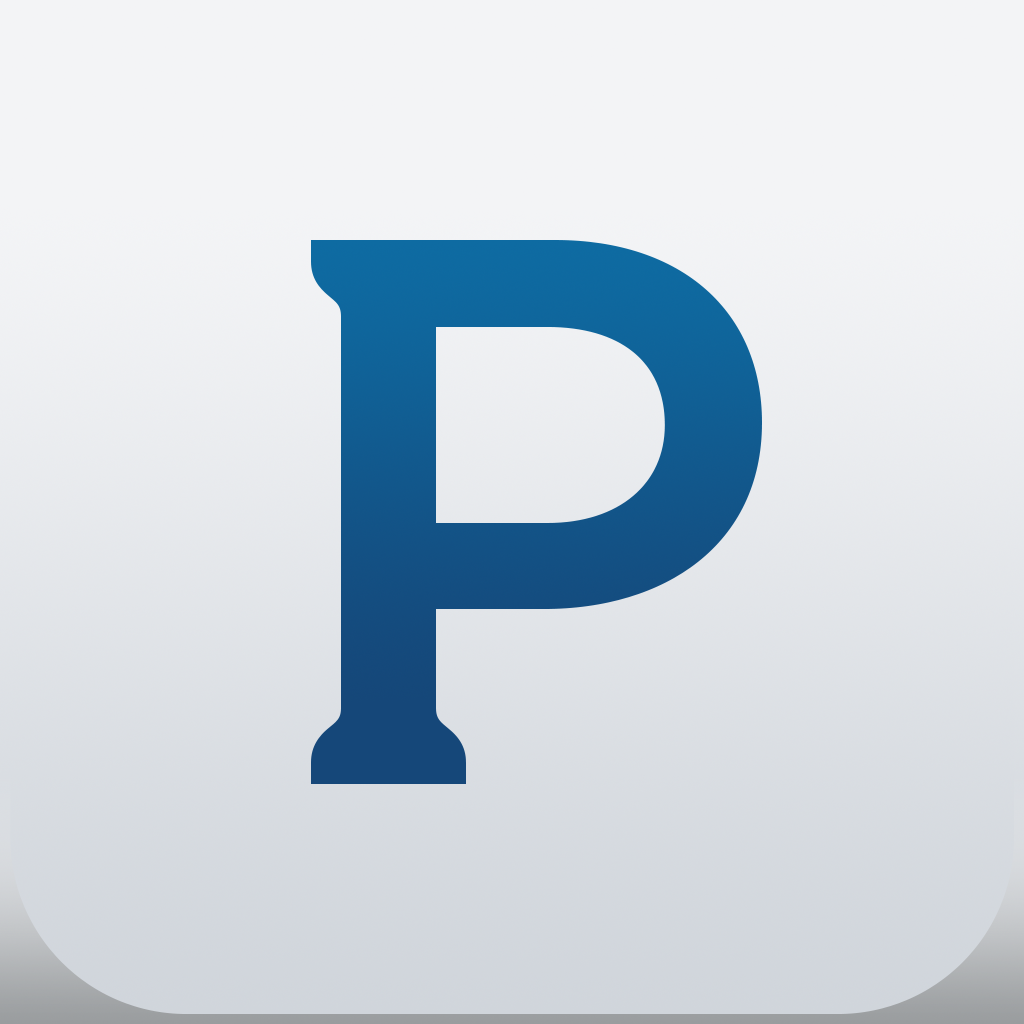

Hear more about branding strategies in today’s music industry and music-discovery platforms at our NMS ’14 Movements: Read more about Pandora’s Promoted Stations on Hypebot and Music Ally. For today at least, I think it’s safe to call this limbo, the music business. There’s a place where music and strategic, cultural branding intersect.

It is up to innovative companies like Pandora, as well as receptive brands such as Taco Bell and Skechers, to push the industry forwards. The future of the music industry concerns far more than music alone. Due to the large content-acquisition costs commonplace in today’s music economy, Pandora aims to compensate with an intensified effort towards brand partnerships and marketing. In order to ensure successful partnerships, Pandora has created a team committed solely to the construction of their brand-partners’ music stations.Īdvertising accounts for roughly 80% of Pandora’s income the platform saw its total ad revenue increase 45% in the first quarter of 2014 to $140.6 million. Taco Bell, Skechers and Sonos are among the partners attempting to increase brand equity and awareness by means of Pandora’s alternative marketing strategies. Pandoras basic advertising packages used to start at approximately 1,500 per month with an average CPM (cost per thousand impressions) of 5-25. Sign up for a subscription plan to stream ad-free and on-demand.

The ten brands participating in the beta will gain exposure from ten percent of Pandora’s 75 million monthly listeners. Play the songs, albums, playlists and podcasts you love on the all-new Pandora. Similar to Apple’s iTunes Radio, Promoted Stations allows ad partners to create their own music channels. – Jonathan Eccles (Product Manager Native Ads, Pandora) Native ads address a massive opportunity for consumers and advertisers alike – how can you capture the intentions of someone at just the right moment, and then answer those intentions with branded content that is valuable and relevant? They’re calling this new format “Promoted Stations.” The music recommendation platform announced Monday they are beta testing an innovative ad unit, hoping to ramp up total advertising revenue. Lastly, we find that increased ad load causes a significant increase in the number of paid ad-free subscriptions to Pandora, particularly among older listeners.Brands now have the opportunity to share their musical tastes with Pandora’s user base. Using an experimental design that separately varies the number of commercial interruptions per hour and the number of ads per commercial interruption, we find that neither makes much difference to listeners beyond their impact on the total number of ads per hour. Visual ads typically cost between 5-7 per thousand views, with display ads being on the lowest end of that cost range. We also show the negative impact on the number of days listened and on the probability of listening at all in the final month. Pandora advertising costs are going to vary depending on the type of ad that you choose to run, but all will be priced on cost per milli, or the cost per thousand views. We estimate a demand curve that is strikingly linear, with the number of hours listened decreasing linearly in the number of ads per hour (also known as the price of ad-supported listening).

By keeping consistent treatment assignment for 21 months, we are able to measure long-run demand effects, with three times as much ad-load sensitivity as we would have obtained if we had run a month-long experiment. The experiment randomized listeners into nine treatment groups, each of which received a different level of audio advertising interrupting their music listening, with the highest treatment group receiving more than twice as many ads as the lowest treatment group. A randomized experiment with almost 35 million Pandora listeners enables us to measure the sensitivity of consumers to advertising, an important topic of study in the era of ad-supported digital content provision.


 0 kommentar(er)
0 kommentar(er)
